
Study: Young Construction Workers Disregard Hearing Protection
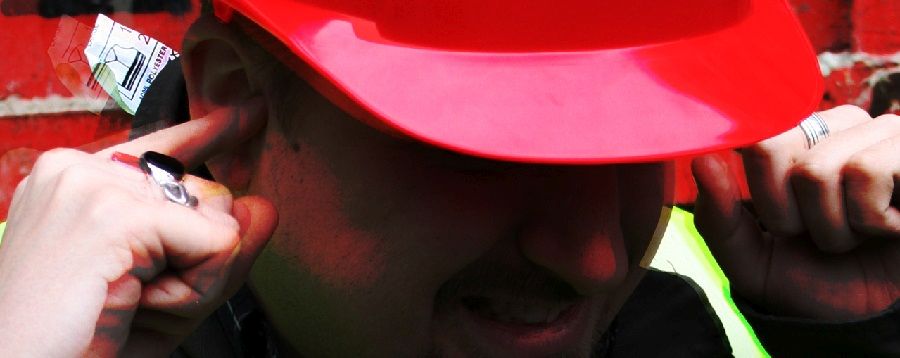
A recent workplace safety study shows that young construction workers commonly disregard hearing protection that could prevent noise-induced hearing loss later in life. Among young Canadian construction workers, 24 per cent reported not wearing hearing protection, compared to 13 percent of workers over the age of 50 and 11 percent of workers in all other age groups. They are also less likely to wear hearing protection compared to young workers in other industries, such as manufacturing and primary resources.
These are results from a 2016 study by WorkSafe BC in British Columbia. Data was collected in 2016 from more than 160,000 hearing tests. Hearing loss can go unnoticed by a worker for years or even decades after the initial exposure or series of exposures.
Since 2006 there have been more than 37,000 accepted claims for noise-induced hearing-loss in B.C. In the U.S., an estimated $242 million is spent annually on workers’ compensation for hearing loss disability.
Because construction sites are so noisy, OSHA has issued specific hearing standards for construction. OSHA sets legal limits on noise exposure in the workplace, based on a worker’s time weighted average over an 8 hour day. OSHA’s noise permissible exposure limit (PEL) is 90 dBA for all workers for an 8 hour day.
However, the National Institute for Occupational Safety and Health (NIOSH) has recommended that all worker exposures to noise should be controlled below a level equivalent to 85 dBA for eight hours to minimize occupational noise induced hearing loss. NIOSH has found that significant noise-induced hearing loss occurs at the exposure levels equivalent to the OSHA PEL.
Hearing Safety Signs:
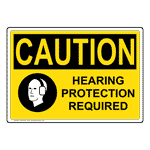 | 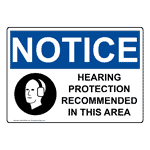 | 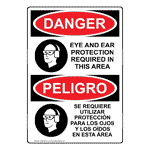 | 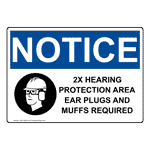 |
Noise may be a problem in your workplace if:
- You hear ringing or humming in your ears when you leave work.
- You have to shout to be heard by a coworker an arm’s length away.
- You experience temporary hearing loss when leaving work.
Learn more:
Read more on the study here.
Watch a WorkSafe BC hearing video.
Visit the OSHA Occupational Noise Exposure page.
Review safety tips for noise/hearing protection.
Browse Ear PPE safety signs at ComplianceSigns.com.torag

